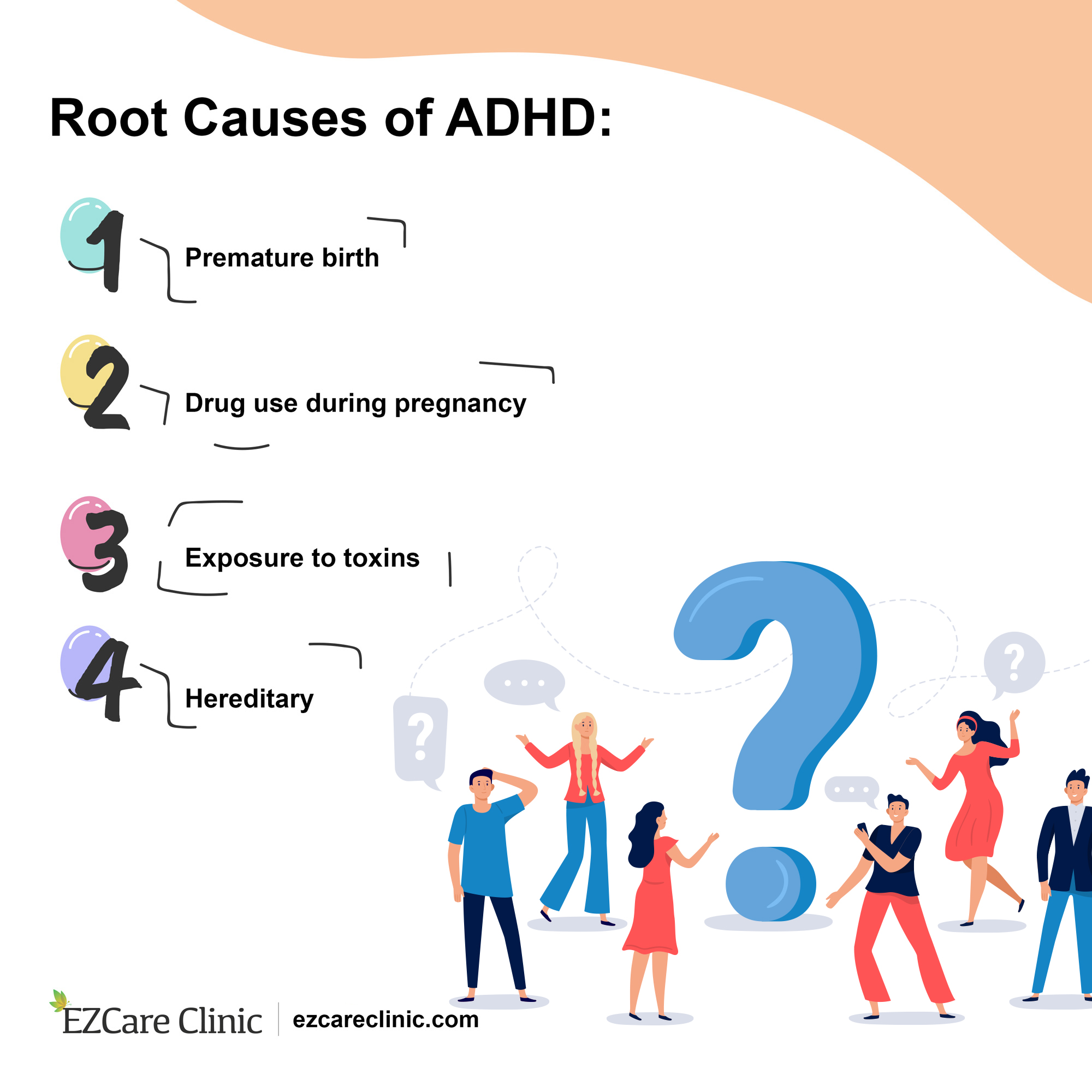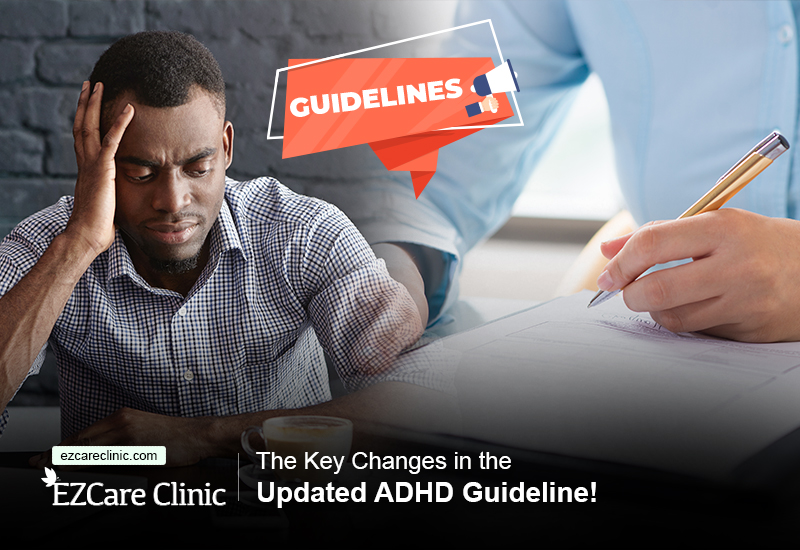Attention Deficit Hyperactivity Disorder (ADHD) affects a significant number of children. Over almost 20 years, from 1997 to 2016, approximately 8 percent of children were diagnosed with ADHD, and some professionals estimate the true percentage as closer to 10 percent. ADHD is generally considered a chronic condition, in that there is no cure: Treatment such as therapy and drugs can help, but not eliminate the ADHD.
Treat ADHD symptoms effectively by clicking the button below.
ADHD Diagnosis
Early diagnosis and treatment are important to increase the chances of success. Moreover, untreated ADHD can lead to behavioral issues, poor academic performance, and an earlier likelihood of issues with substance abuse. With so much riding on diagnosis and treatment, it’s important for the industry to follow standard guidelines based on the most up-to-date information we have about this condition. There are several types of ADHD that can be diagnosed only through consultations.

3 Major Types of ADHD
Updated ADHD Diagnostic Guidelines
Some of the most important changes to the ADHD guidelines have to do with how this condition is diagnosed. The guidelines have been expanded to address the preschool and teen years, from roughly age 4 to age 18, with a new emphasis on the youngest and oldest of that range. Fewer problem behaviors are required for diagnosis now in teens age 17 or older since many older kids learn to compensate, and typically show fewer signs of hyperactivity than younger kids. Also, a diagnosis can now be made on the basis of problem behaviors dating back to before age 12, instead of the age 7 requirement that was in place previously, making it easier to diagnose older teens that might not have the same lengthy history of behavioral issues as younger children.
The updated guidelines also require eliminating other possible causes of symptoms before making an ADHD diagnosis. For instance, depression, anxiety, autism, trauma, or even substance abuse can cause similar symptoms and must be eliminated as possibilities before settling on ADHD.
Get our professionals’ advice on treating ADHD completely- Click the button below.
Changes to ADHD Treatments
In addition to the changes in diagnostic requirements, the focus on treatment has changed. The updated guidelines emphasize the need for communication and team-based care in treating ADHD, recognizing that in addition to medical providers and parental care, the school and the community also need to be consistent in how they provide care.
One major change in the approach to treatment is recognizing the role of behavior therapy in a successful treatment approach, especially for younger kids, but also for older kids and teens. For instance, in preschoolers and kids aged 4 to 6, the guidelines recommend behavior therapy, with parents receiving training to provide behavior management at home. The guidelines also mention behavior management as a possible benefit for older children and teens as well.
In addition to behavior therapy, drugs such as methylphenidate and amphetamines are standard first-line treatments. Atomoxetine and the extended-release alpha-2 agonists guanfacine and clonidine are common second-line treatments, and may also be prescribed as needed. These basic drugs used to treat ADHD have remained much the same from 2011 until now, although there are more timed-release options available on the market now than when the guidelines were last updated eight years ago.

Root Causes of ADHD
The updated guidelines also stress the importance of screening for and treating other conditions that tend to occur in tandem with ADHD, such as depression and anxiety. Treatment should be team-based, with the medical team, family, school, and even the community all working together and coordinating their efforts to provide consistency across the board.
Get rid of impulsivity, confusion, and disorganization– Click the button below!
Increased Focus on Challenges and Barriers to Care
Also new with the updated ADHD guidelines is supplemental information focusing on the challenges and barriers to care. For instance, providers may face challenges such as lack of adequate mental health training and lack of appropriate payment, while families may struggle with issues related to the current health care system, such as a lack of access to mental health care, and health insurance limitations on drugs. Communication issues with schools and communities, which make it difficult to coordinate a unified approach, may also be a problem for both providers and families. The updated ADHD guidelines offer a companion paper that discusses these challenges, while also suggesting possible solutions to help both providers and families navigate this chronic condition.
Navigating the waters of ADHD can be difficult, but you don’t have to do it alone. As the updated guidelines indicate, treatment works best when it is coordinated between a medical team and the family, and the community. For a strong team that has your back, contact EzCare Clinic today and book an appointment.





